Im backk
anyways heres an md-87 With a SAS livery
its flight 686
The md-80
The McDonnell Douglas MD-80 is a civil passenger aircraft (airliner) produced by McDonnell Douglas (MD) of the United States which has the specifications of a twin-engine jet aircraft with a maximum cruising range of 3,800 km and a speed of 811 km/h. The maximum passenger capacity is 172 people, a minimum of 130 people, depending on the variant and seat configuration. The engine used is the Pratt & Whitney JT8D-200 made by Pratt & Whitney USA. Precisely the JT8D-217A or JT8D-217C with a thrust of 20,000 pounds (depending on the variant).
In the United States (US), this aircraft is widely operated by American Airlines and Delta Air Lines . The MD-80 has a lower noise level than its predecessor, the DC-9.
This aircraft is actually a DC-9-80. However, this aircraft was never called by that name because Douglas (at that time) had merged with McDonnell to become McDonnell-Douglas, so the name used was McDonnell-Douglas MD-80. The largest DC-9, which still bears the name DC-9, is the DC-9-50. After the Boeing company took over the management of McDonnell Douglas , this type of aircraft was no longer produced. Production of the MD-80 aircraft ended in 1999.
Powered by JT8D engines that are aging by modern standards, the MD-80 is less fuel efficient than the Boeing 737 Next Generation or Airbus A320 . For example, the MD-80 burns 1,050 gallons of fuel per hour in a typical flight, compared to the Boeing 737-800 burning only 850 gallons of fuel per hour (a 19% savings). As a result, several major carriers such as American Airlines , Delta Air Lines , Scandinavian Airlines (SAS), and Alitalia have gradually retired the MD-80 and several of its variants in favor of the Boeing 737 NG or Airbus A320 . In Indonesia, Lion Air decided to gradually retire the MD-80 and replace it with the Boeing 737-900ER starting in 2007.
The variants of this type of aircraft are the MD-81 (early production variant), MD-82, MD-83, MD-87, and MD-88. The differences between these variants are in engine power, length, and more modern avionics (on the MD-88 variant). The competitors of this type of aircraft are the Fokker F28 , Fokker 70 and Fokker 100 from the Netherlands , the Boeing 737 from the United States , and the Airbus A320 from the European Union .
the 2001 LINATE collison
The collision involved two airlines; SAS and Air Evex. The larger of the two aircraft was a McDonnell-Douglas MD-87. The cockpit crew consisted of Captain Joakim Gustafsson and First Officer Anders Hyllander, both aged 36. Gustafsson had been hired by SAS in 1990 and had more than 5,800 hours of flight time. He had logged approximately 230 hours in the MD-87. Hyllander was hired by the airline in 1997. At the time of the accident, he had more than 4,300 total flying hours. He was more experienced in the aircraft type than his captain, having logged 2,000 hours of flight time in the MD-87.[1]:?125?
The second aircraft was a Cessna Citation 525-A. There were two German pilots aboard. The captain, 36-year-old Horst Königsmann, had approximately 5,000 total flight hours logged, of which roughly 2,400 were accumulated in the Citation. The first officer, 64-year-old Martin Schneider, had approximately 12,000 flight hours' experience, of which 2,000 hours were in the Citation.[1]:?125? One of the passengers was Luca Fossati, chairman of Star – Stabilimento Alimentare S.p.A. and owner of the Citation
The accident occurred in thick fog, with visibility reduced to less than 200 metres (660 ft). The Cessna Citation was instructed to taxi from the western apron along the northern taxiway (taxiway R5),[1]:?22? and then via the northern apron to the main taxiway which runs parallel to Runway 36R,[1]:?24? a route that would have kept it clear of 36R. Instead, the pilot taxied along the southern taxi route (taxiway R6),[1]:?23? crossing Runway 36R towards the main taxiway which lay beyond it (see diagram).[1]:?24?
At 08:09:28, the MD-87 was given clearance by a different controller to take off from Runway 36R.[1]:?24–25? Fifty-three seconds later, the MD-87 aircraft, travelling at about 150 knots (280 km/h; 170 mph), collided with the Cessna. One of the four people in the Cessna was killed on impact; the remaining three initially survived the crash but died from burn injuries. The MD-87 lost its right engine; the pilot, Joakim Gustafsson, attempted to take off, reaching an altitude of approximately 12 metres (40 ft). The remaining engine lost some thrust due to debris ingestion, and the plane having lost the right landing gear, came down. It impacted the ground with its right wing, causing it to separate and fire to spill out from its place as the MD-87 skidded. Gustafsson applied thrust reverser and brakes and tried to guide the plane through its control surfaces. This was insufficient to halt the jet's momentum, and it crashed into a luggage hangar located near the runway's end, at a speed of approximately 136 knots (252 km/h; 157 mph). In the impact, all the MD-87's crew and passengers were killed. The crash and subsequent fire killed four Italian ground personnel in the hangar and injured four more.[8]
Of the occupants of the MD-87, 54 (46%), mainly in the back of the aircraft, suffered severe burns; their bodies were identified using forensic dentistry or DNA records. Those in the front of the aircraft suffered severe blunt trauma.[8] All of the occupants of the MD-87 were killed by impact, not fire.[1]:?
BYEEEE
Specifications
General Characteristics
- Predecessor 'Mad Dog' MD-80
- Created On Android
- Wingspan 107.7ft (32.8m)
- Length 142.0ft (43.3m)
- Height 29.9ft (9.1m)
- Empty Weight N/A
- Loaded Weight 41,677lbs (18,904kg)
Performance
- Power/Weight Ratio 0.615
- Horse Power/Weight Ratio 0.071
- Wing Loading 25.5lbs/ft2 (124.3kg/m2)
- Wing Area 1,636.8ft2 (152.1m2)
- Drag Points 4848
Parts
- Number of Parts 582
- Control Surfaces 9
- Performance Cost 3,289

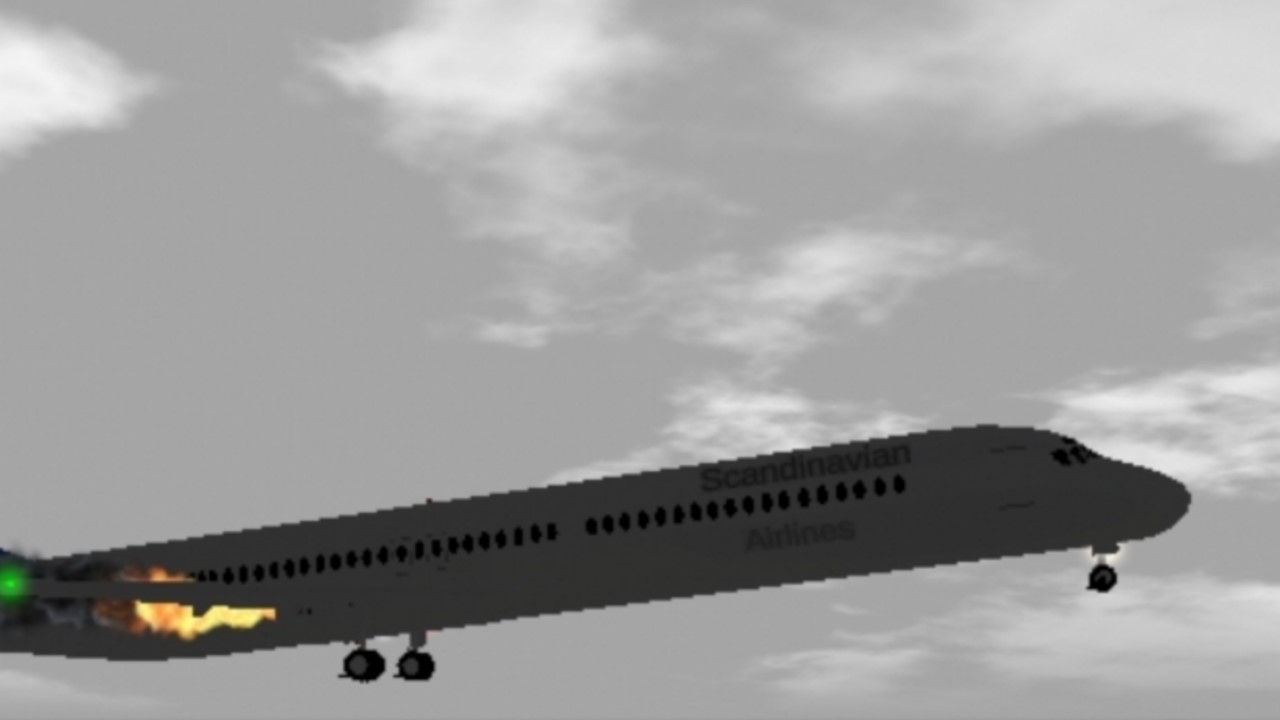
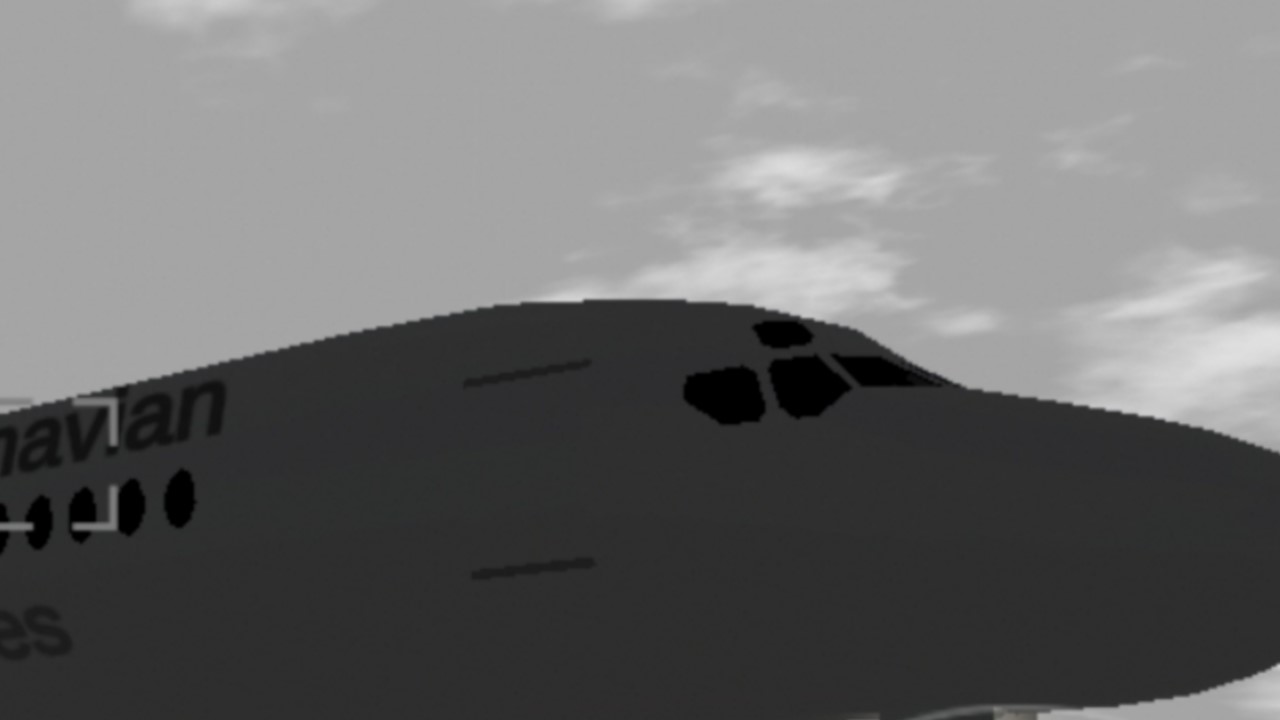
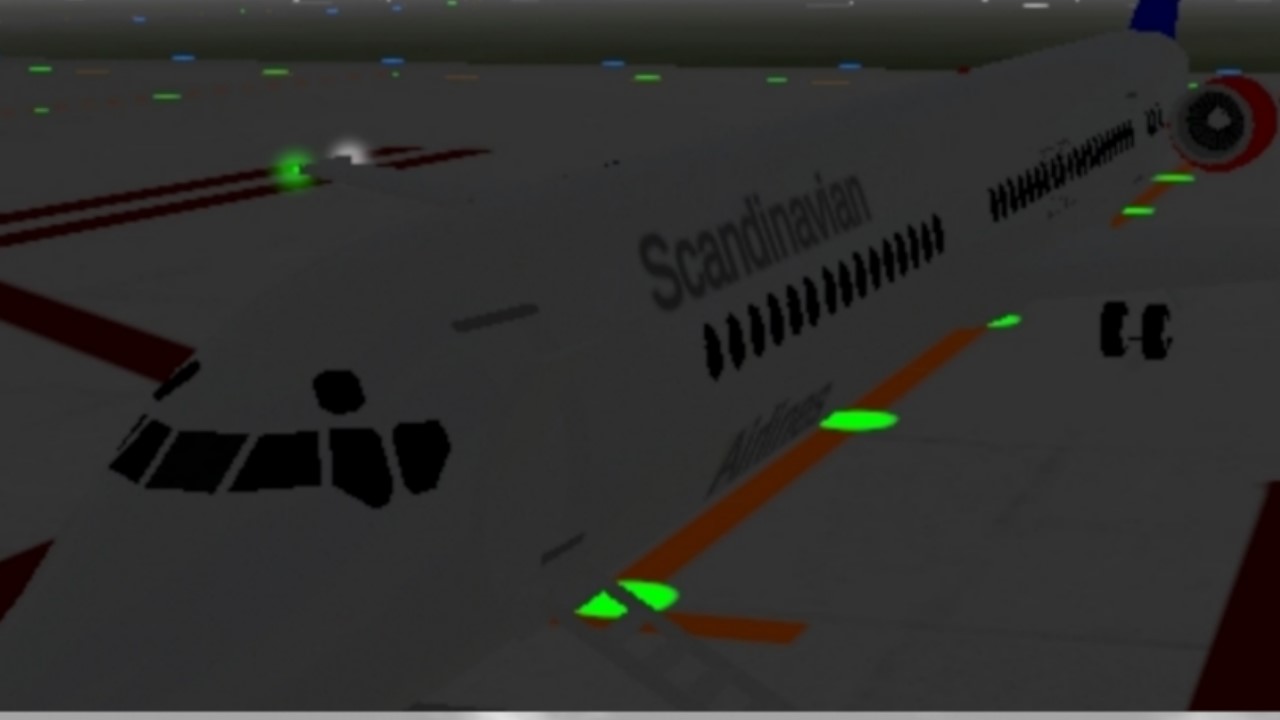
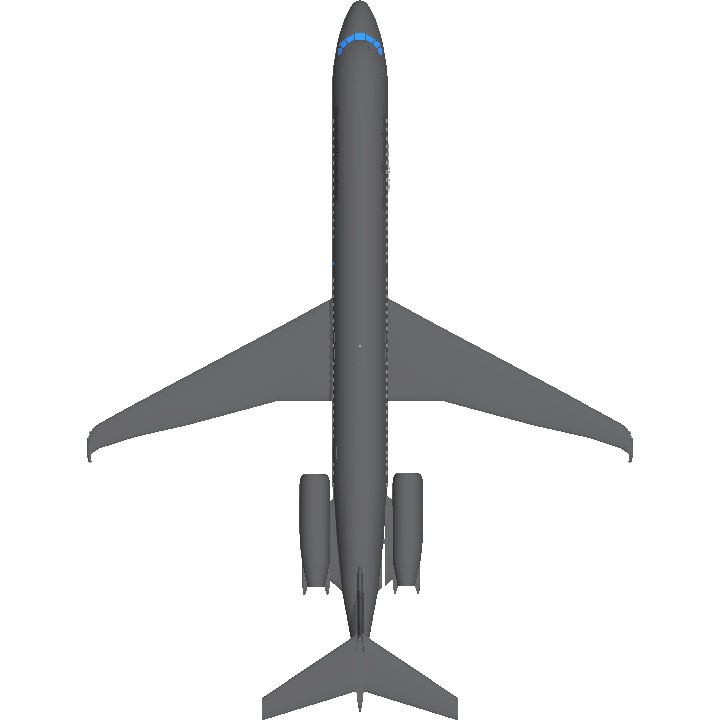
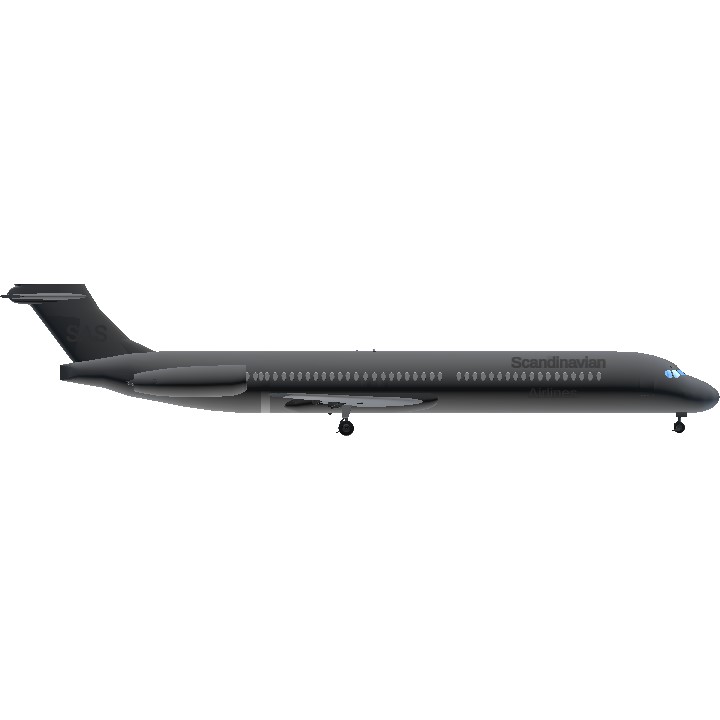
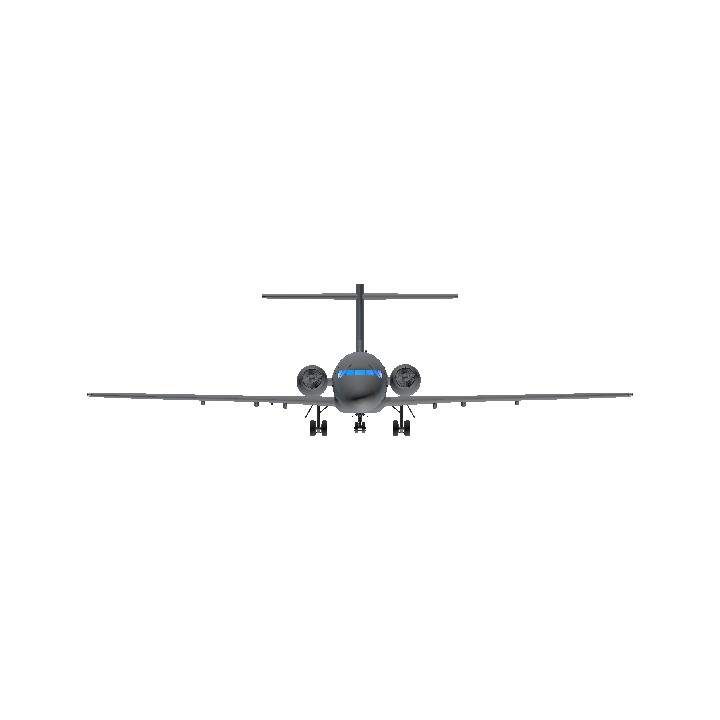
Credits to @GalacticaAsia for the md-80